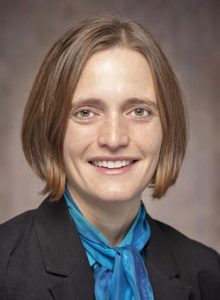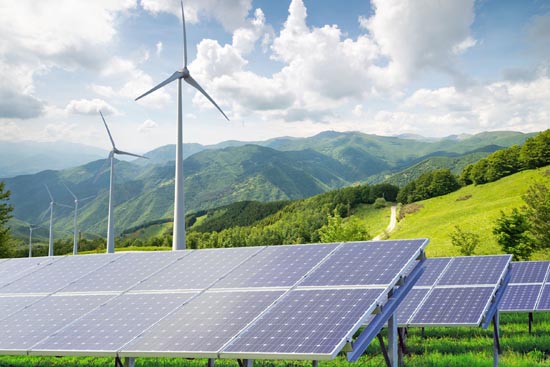By Moe White –
Andy Berke, Administrator of the Rural Utilities Service, US Department of Agriculture, and Becca Jones-Albertus, Acting Deputy Asst. Secretary For Renewable Energy at the US Department of Energy, hosted a webinar on January 16, 2024 focused on how to navigate the transition to clean energy by giving tools to partners on the state, local, and business levels.
Cost and Benefits
Berke noted that clean energy projects can create jobs, increase local tax revenues, provide direct payments to landowners, and keep the power on in case of wider grid outages and are able to keep the heat on in the winter and air conditioning in the summer.
“Solar and Wind are the cheapest forms of energy to build and operate in much of the country,” Berke said. Areas such as the South and Southwest enjoy ample solar opportunities 12 months of the year; many regions, ranging from offshore on both coasts to the Great Plains, can capture steady winds through most of the year to provide wind power.
Projects can be rooftop localized energy farms; offshore wind farms that serve entire communities; and solar or wind installations on private land, including agricultural land. It is estimated that less than 1% of all agricultural land would be needed for such integrated projects, in which productive, fertile cropland can host tall wind turbines, and grazing land—for large or small animals, and even pollinator habitats—makes an excellent host for solar arrays.

Community Buy-in
Berke noted that the transition from non-renewables—oil and coal—will require that many communities make decisions about siting such energy production facilities in their midst. Ideally, designers of proposed projects work closely throughout a community from the outset, to determine the best size of a project and its productivity.
The two…
Read the full article here



